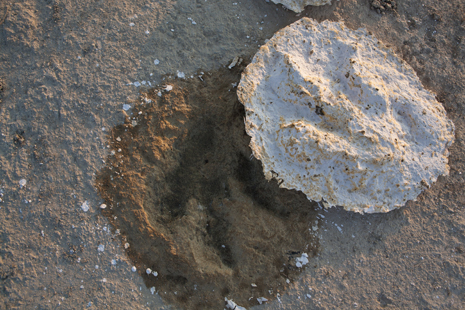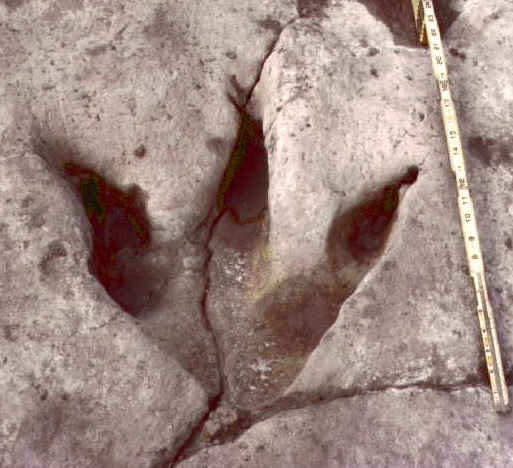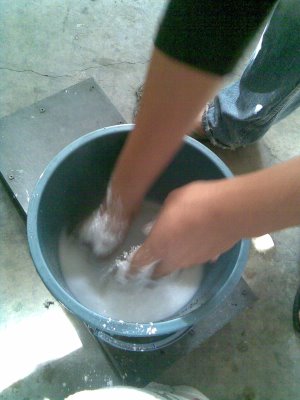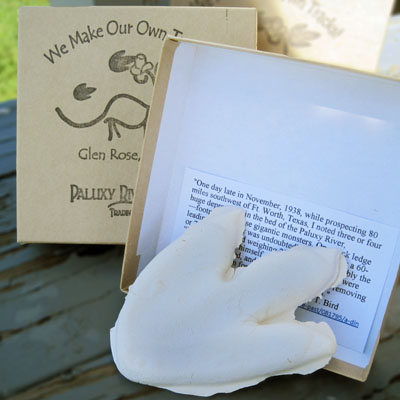How to Make a Plaster Casts of a Dinosaur Footprint

Studying dinosaur footprints is a fascinating way to travel back into prehistoric times, and get a glimpse into an era when gigantic beasts roamed the earth. Dinosaur footprints, however, are not always easily accessible, and the site might be located far away, or in a dangerous place – in this case, you can create a plaster cast of the footprint to study at your leisure later. For a fun science project, you can also visit a state park which allows visitors to make plaster casts of dinosaur footprints.
Things Required:
– Soft sweeping brush
– Petroleum Jelly
– Cloth rags
– Water
– A bucket
– Plaster of paris
– A metal ring
Instructions
-
1
To start, use the brush to sweep the dinosaur track gently, to get rid of any dirt or grime on the surface. It is also essential to sweep around the track – make the entire area dust and dirt free, so no unwanted debris makes it in to your plaster cast.
Image courtesy: paleo.cc
-
2
Next, once you’ve ensured that the area is clean, dip your fingers into the petroleum jelly, and oil the track. This is in order to prevent the plaster from sticking to the track, and to ensure that the cast comes out cleanly once it has dried.
-
3
With the track having been cleaned and oiled, you are now ready to begin creating your cast. Into your bucket, pour in two parts plaster to one part water, and mix thoroughly and immediately, until the mixture is smooth, lump-free, and has a consistency akin to cake batter – these steps need to be performed quickly. If you wish, you can also add in a couple of drops of liquid detergent, to prevent bubbles from forming in the mix and to make it extra smooth.
Image courtesy: wenwuwillkillyou.blogspot.com
-
4
Set the metal ring over the track, and fortify it by placing rags all around it, to steady it and make sure no stray mixture leaks out of the mould. Then, pour the plaster into the mould. Wait around 20 minutes for it to harden, or however long it takes – the time will depend on the temperature, and you can test the hardness of the plaster cast by checking it gently with your finger.
-
5
Once the plaster has set, remove the ring, and gently lift it up – your plaster cast of a dinosaur footprint is now ready! The cast is bound to be a fine specimen, and you can note down details, such as the location, type of dinosaur, date of cast, and the name of the cast-maker at the back.
Image courtesy: friendsofdinosaurvalley.com





